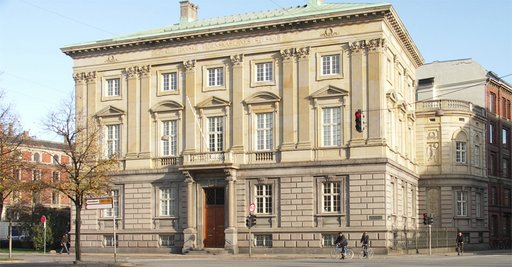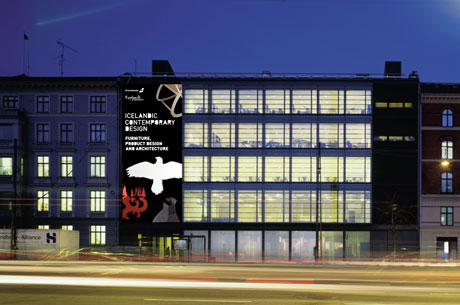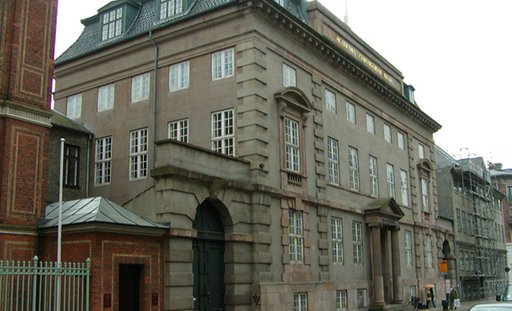
The Symposium will be held in the exclusive facilities of the Royal Danish Academy of Sciences and Letters, H.C. Andersens Boulevard 35, in Copenhagen. The Academy was founded in 1742. Today the Academy has about 250 Danish and 250 International members covering almost all fields in the humanities and sciences. In 1898 the Academy moved to it’s current location, together with the Carlsberg Foundation, in a beautiful neo-Renaissance building, designed by Danish architect Vilhelm Petersen, at H.C. Andersen’s Boulevard in central Copenhagen. The building is considered Vilhelm Petersen’s most successful work.

The Symposium Dinner Tuesday 25 September is held in the beautiful Carlsberg Academy at Gl. Carlsberg Vej - originally JC Jacobsen's house from 1853 built in the classical Italian villa style. The English-inspired park dates from 1848 and was planned by landscape gardener Rudolph Rothe in accordance with JC Jacobsen’s ideas. It includes rare plants and trees which JC Jacobsen brought back from his many trips.
After JC Jacobsen and his immediate family had passed away, the house were to be used as an honorary residence for a deserving man or woman within the fields of science, literature or art. Since then, the house has been home to many famous guests, including Albert Einstein. It's first resident was the philosopher Harald Høffding. He was followed by the atomic physicist Niels Bohr, who lived here from 1931 to 1962. The last resident was sinologist Søren Egerod. When Egerod left the house in 1995, the Carlsberg Foundation decided to convert the house into the Carlsberg Academy.

The Tech Demo scheduled just before lunch on Wednesday 26 will be shown at the Danish Design Center (HC Andersens Boulevard 27) just 5 minutes walk from the Royal Danish Academy of Sciences and Letters. The Danish Design Centre was founded in 1978 by the Danish Design Council with the purpose of improving the competitiveness of Danish industry by means of design investments. Since 2000, the Danish Design Centre has resided on HC Andersens Boulevard in a building designed by architect Henning Larsen.

There will be a guided tour and a drinks reception at the Medical Museion at Bredgade 62 on Wednesday 26 September.
Medical Museion is a combined museum and research unit at the University of Copenhagen. The museum was founded on a private initiative in 1907 to mark the 50th anniversary of the Danish Medical Association with a public exhibition of historical medical artefacts. The museum’s main exhibition and event site is located in Bredgade in the inner city of Copenhagen. The museum is placed in the former buildings of the Royal Academy of Surgeons from 1787. With about 15 researchers the focus of Medical Museion’s research programme is medical history, medical humanities, medical science communication and medical museology. The museum has one of the largest historical collections of medical artefacts in Europe.